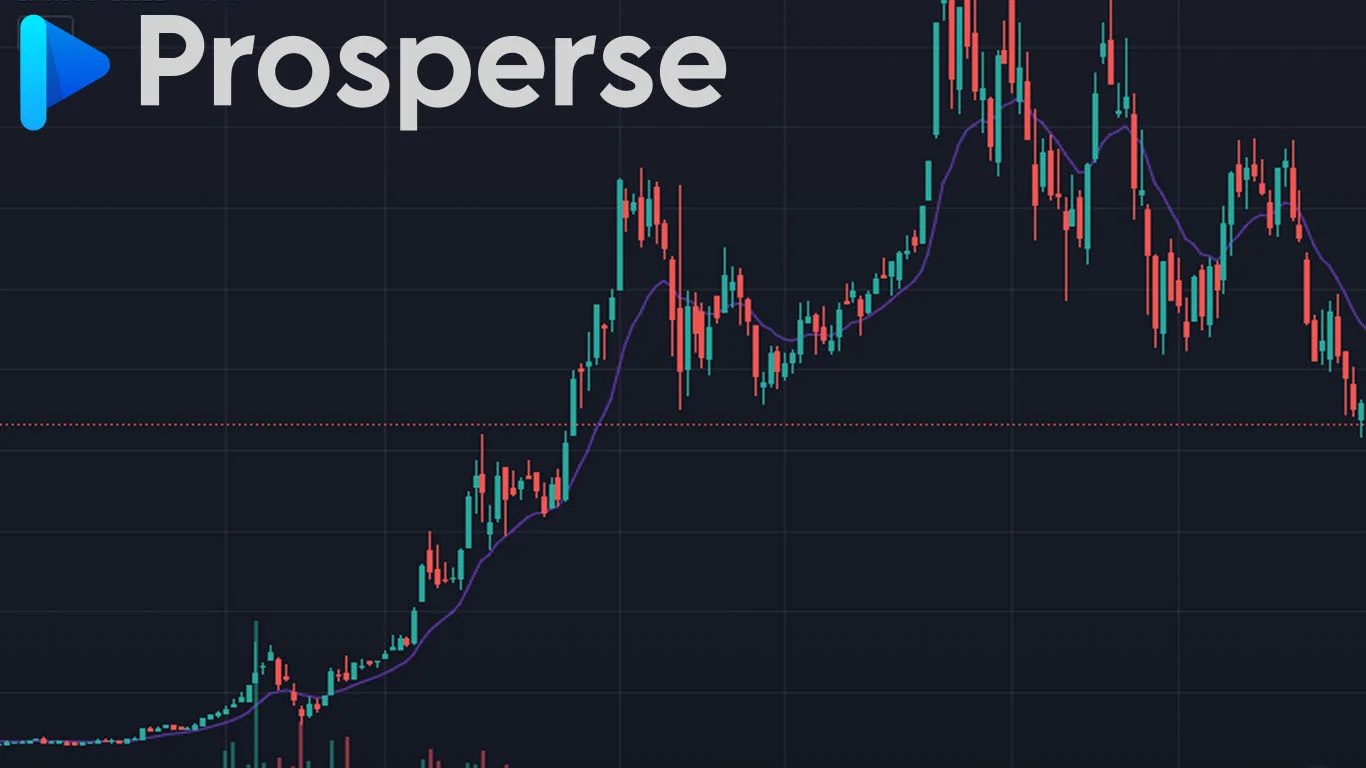Fundamental Analysis for Beginners
Understanding the Basics
Last updated: Nov 14, 2023
Author: Nathan Nobert
What is Fundamental Analysis?

Investing and trading successfully requires an understanding of the many factors that can drive share price up or down. Fundamental analysis is the practice of evaluating a companies intrinsic value to determine potential future outlook and price. This involves analyzing metrics such as price-to-earnings ratios, financial statements, industry economics and macroeconomic conditions. News about companies, their management,
Generally speaking, fundamental analysis provides better insight into the long term future of a companies value and ignores short term volatility. Technical analysis doesn’t examine long term data, but is more focused on historical market data such as price movement and aims to predict future movement in a shares price. Both methods of analysis are important for investors and provide their own advantages, this article will focus on fundamental analysis.
The goal of any analysis is of course to determine the best price or time to invest in a company. This should be a target price set based off of conditions that investors determine is a good time to buy. Here are the main points you will learn about.
Key Takeaways
- - Understanding the basics of fundamental analysis
- - How macroeconomics affects the stock market
- - Why industries and trends matter
- - Financial statement & performance analysis
- - How to find the best stocks to invest in using fundamental analysis
Macroeconomic State

When conducting fundamental analysis, it is important to first take into account the macroeconomic state, or the general trends in the world that could affect a companies future. This includes factors such as interest rates, inflation, and unemployment, as well as broader economic trends and events.
For example, a recession or economic downturn can have a significant impact on a company's financial performance, and should be considered before making any investment based on your risk tolerance. In addition, changes in government policies or regulations can also impact a company's operations and financial performance, and should be taken into account for fundamental analysis. World events can lead to drastic fluctuations in stock price, affect industries, and change the path of how the world perceives value for companies. The financial crash of 2008 and the Covid-19 pandemic are examples of macroeconomic states that lead to mass volatility in the market.
Overall, by considering the macroeconomic state as part of fundamental analysis, investors can gain a more comprehensive understanding of a company's intrinsic value and potential future stock price. Macroeconomics can play a large factor among the entire stock market, and should be a core part of any traders strategy.
Industry Overview and Trends

It is important to take into account the industry overview and trends when evaluating valuation of a security. The industry in which a company operates can have a significant impact on its financial performance, and understanding the trends in that industry is essential for making informed investment decisions.
For example, if a company operates in a rapidly growing or niche industry, it may have a higher potential for growth than a company in a overpopulated industry. If there are changes in the competitive scale or regulations within a particular industry, this can impact a company's performance. Understanding the industry’s overview and trends, the future and potential stock price can be determined with more confidence.
It is common for investors to stick to securities and stocks that fall under industries the investor is familiar with. This can save time on research as the investor may already understand common trends that can occur within a specific industry.
Industry trends can be analyzed via reports, news articles, and social media. Keeping an eye on the major players in the industry provides a good overview of the market. Following trends for an industry provides insight into a specific company's competitive position within the industry, including its market share, product offerings, and pricing strategy. This information can be used to make informed decisions about whether a security is undervalued or overvalued when comparing against the industry.
Understanding the industry as part of fundamental analysis can help investors make more informed investment decisions. Obtaining a comprehensive understanding of a company's industry is a vital part of predicting the future outlook for a company.
Financial Performance of a Company

Fundamental analysis on the granular company level examines important components of said company. This includes but is not limited to financial statements, including its revenue growth, earnings growth, and profitability. Additionally, investors can research the company's management team, competitive position, and overall strategy. This information can be used to make informed decisions about whether to invest in a company's stock.
Investors can find this information easily, which are typically available on the company's website or through the Securities and Exchange Commission (SEC) website. These statements include the company's balance sheet, income statement, and cash flow statement, which provide information on the company's financial performance over a period of time. Studying this data can provide insight on what a company may do in the short and long term.
Other common indicators regarding financial performance include EPS (Earnings per share), P&E (Price to earnings ratio), and earnings yield. EPS looks at the core profitability and is defined as the net income divided by the number of outstanding shares. P&E is found by dividing the company’s share price by its earnings per share. This will outline how much the market and industry is willing to pay for each dollar the company earns. Earnings yield is the EPS divided by its stock price, which provides the percentage of earnings a company will make based on the amount of money invested into the company.
By analyzing a company's financial performance and using this information as part of fundamental analysis, investors can gain insight into the company's intrinsic value and potential future stock price.
How to Find the Best Stocks to Invest In With Fundamental Analysis

Another way that traders can use fundamental analysis is by utilizing stock scanners to find stocks that meet certain fundamental criteria. Prosperse can help outline and scan for stocks with potential to grow in value based on fundamental values. While Prosperse is mainly focused on Technical Analysis, using scanners and conditions that analyze long term trends is a great way to find undervalued securities.
For example, a trader may use a stock scanner to identify companies with a high earnings growth rate over the past five years. The scanner would analyze the financial statements of thousands of companies and identify those that meet the specified criteria. The trader could then use this information to make informed decisions about which stocks to buy and sell.
Any condition can be created to scan against and the benefit of having a scanner running 24/7 saves many hours of analysis. Trends and indicators such as smoothed moving average (SMA), or exponential moving average (EMA) can provide forecasting for future prices. Scanners can be built to analyze indicators and notify investors as soon as securities price changes based on the condition set.
Receiving a constant stream of companies that commonly trend below or above their 52, 100, or 200 week average can cut down on time searching that have potential for future price moves. Other scanners can analyze stocks that are trending more or less based on indicators such as Relative Strength Index (RSI). This examines momentum of a security based on recent price action, which can help investors interpret general states of the market, or a company itself.
To conclude, fundamental analysis is a powerful tool for traders looking to make informed decisions about which stocks to invest in. Utilizing stock scanners, traders can quickly and efficiently identify stocks that meet their specific fundamental criteria, allowing them to make more informed investment decisions. In addition, by evaluating a company's long-term prospects, investors can help ensure that their investments are aligned with their overall investment goals.
Read more here
Trending News
No news available for this ticker. Please try again later, or another ticker
